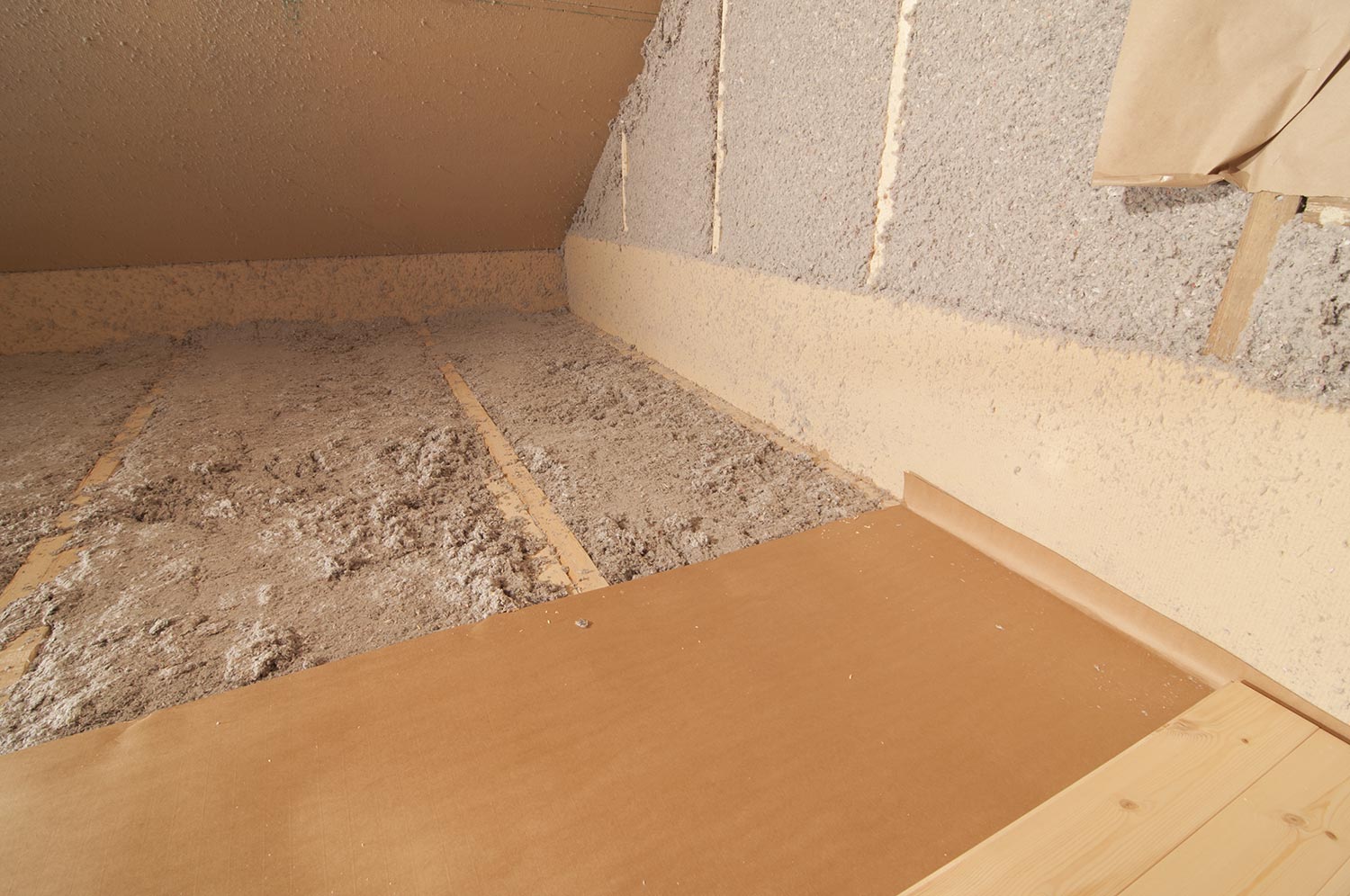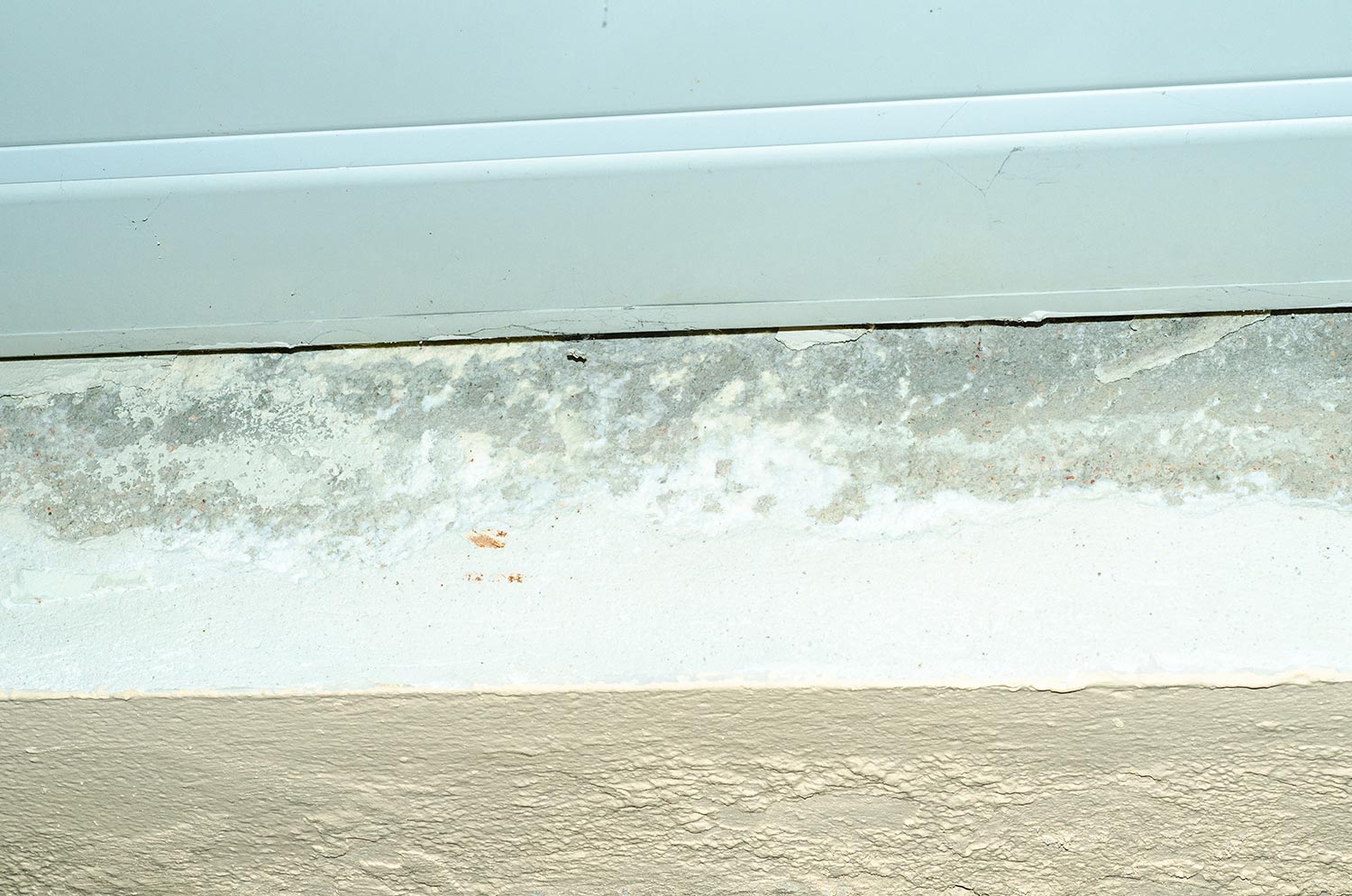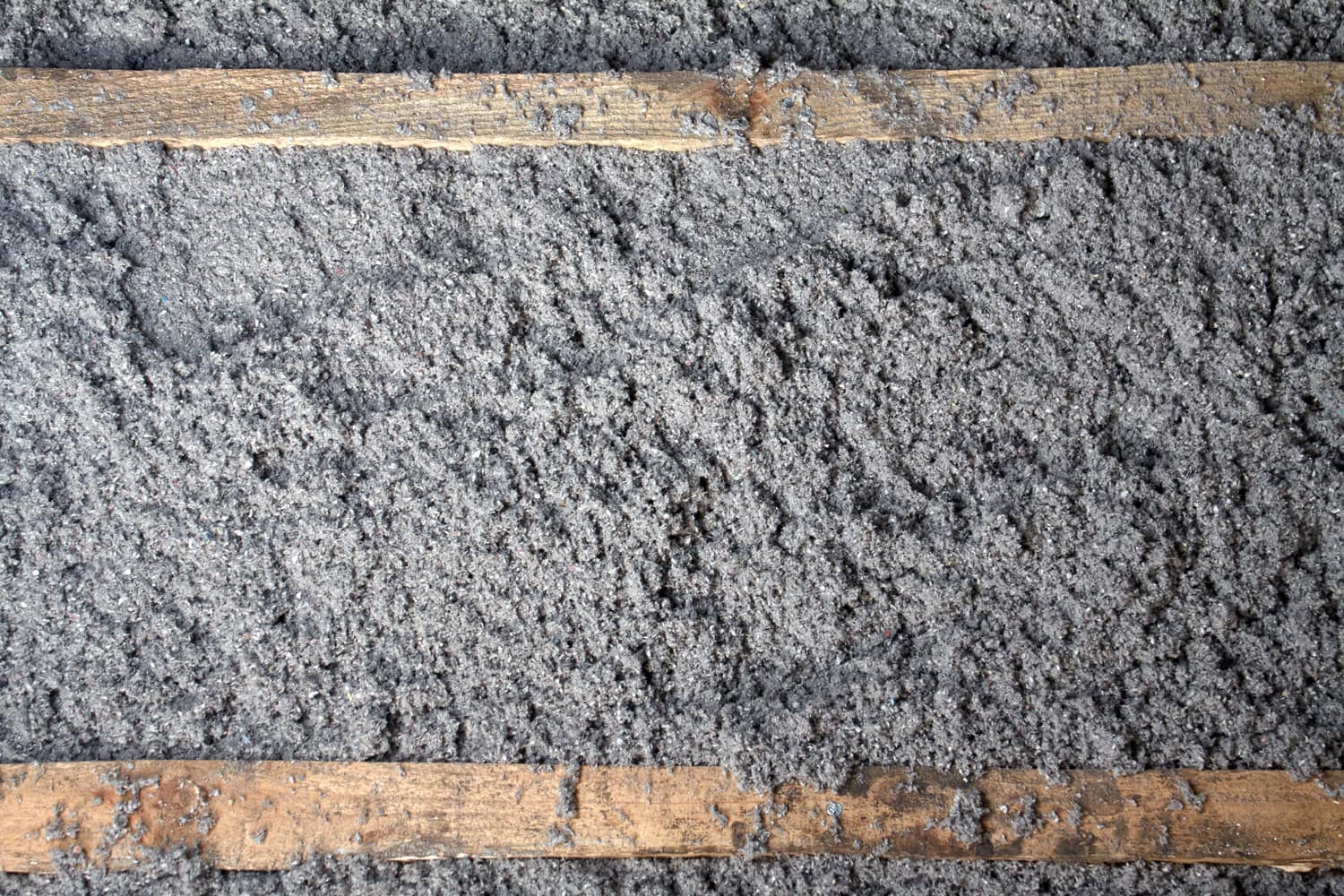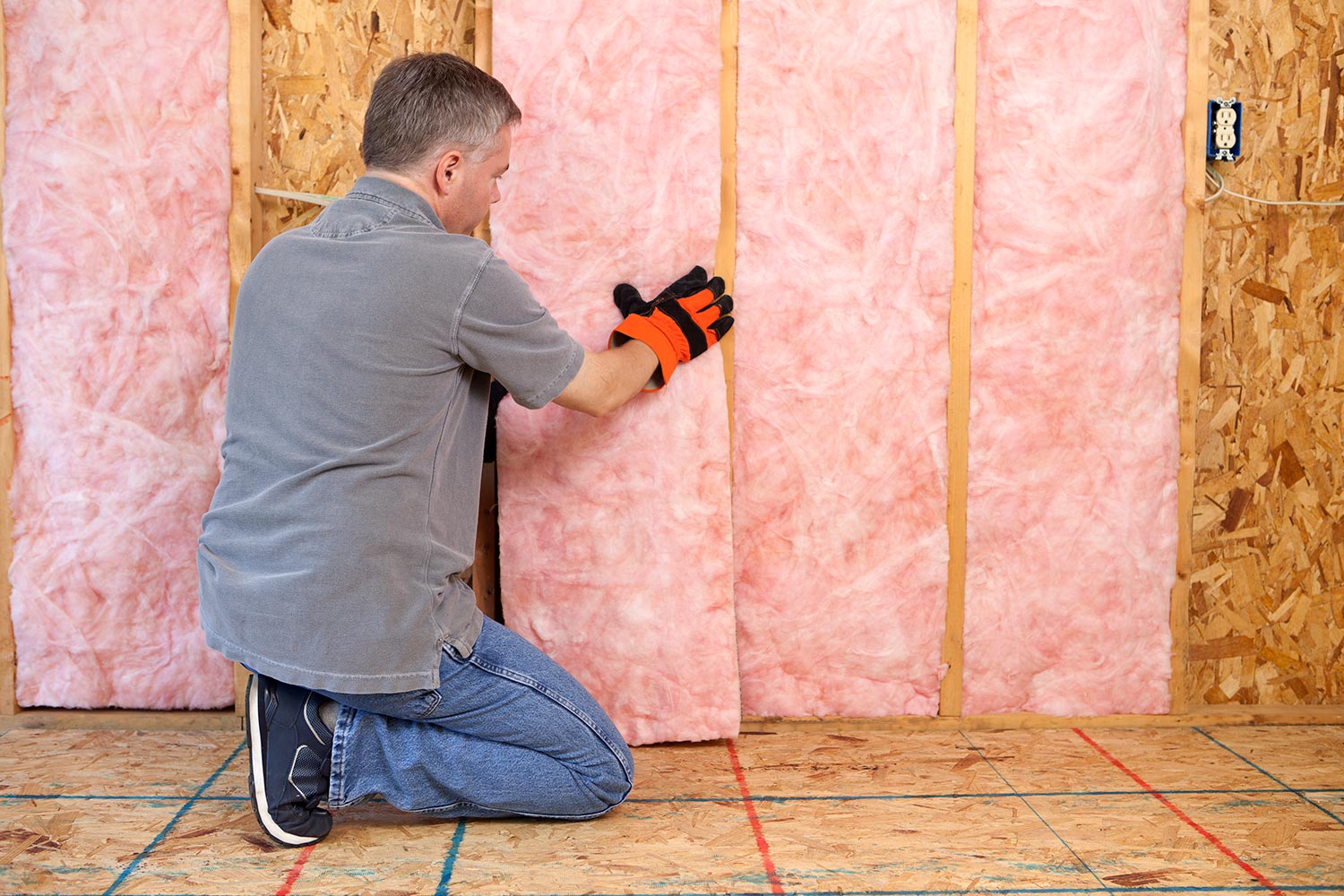Installing proper insulation is one way to ensure your home feels comfortable all year round. Fiberglass and cellulose are commonly used insulation materials. If you are wondering if you should explore mixing them, perhaps to save cost, we have asked insulation experts, and here’s what they shared with us.
Yes, you can mix fiberglass and cellulose insulations. Installing cellulose insulation over fiberglass insulation is known as capping and can save you money and time instead of removing and replacing the former material. However, you should note that fiberglass is made of recycled molten glass with air spaces that can be infiltrated by tiny cellulose particles leading to a reduced R-value.
Generally, mixing different insulation materials comes with a caveat, so read on as we would closely examine mixing and doubling up insulation. In addition, we will also discuss the life span of both fiberglass and cellulose insulation.

Can You Mix Other Insulation Types?
While looking for the best insulation option for your home, mixing insulations can be your go-to option to reach specific insulation goals, not to mention it is cost-effective and less time-consuming.
To add new insulation, you can choose between laying down batt insulations between joists and wall studs or directly blowing additional insulation materials into the walls or attic to add new insulation. The latter is less messy and quicker.

Blown-in insulation, like fiberglass and cellulose, can be mixed. Other insulation types you can mix include,
- Fiberglass + polyurethane
- Spray foam + mineral wool batts
- Spray foam + different types of blown-in insulation.
As you might know, there is no all-purpose insulation material as each has different pros and cons. For example, fiberglass might emit particles, and while spray foam may not offer the best sound, cellulose is the choicest material for sound dampening. Your best bet is to choose materials that would offer the best advantage when mixed.
Curious about your insulation materials? Check out: "Does Yellow Insulation Contain Fiberglass?"
Can You Double Up Insulation?
There is no problem with stacking or doubling insulation as this increases the R-value. The recommended insulation level depends on the insulation type, but it is usually between 10 and 14 inches.
While installing two layers of insulation in your attic, the wood joints should be covered to give space for air movement. The bottom layer should be placed between the joints and the upper layer at right angles above the joists.
You should note that varying rules apply to different types of insulation materials. For example, while installing fiberglass batt above any blown-in insulation, you should make sure you use unfaced insulation, which is insulation without paper or aluminum foil.
Is There Such a Thing As Too Much Insulation?
Proper insulation can indeed improve comfort in your home and help you save costs on energy bills, but is there such thing as too much insulation? Yes, there is.
While insulating your home, moderation is vital as under and over insulation have adverse effects. If your home has too much insulation, it would be tightly sealed, leading to moisture being trapped inside.

The thickness largely depends on the insulation material you choose. You should also note that compression of the material can lead to a reduced total R-value.
Lack of proper ventilation would lead to built-up moisture, which can, in turn, lead to mold problems, not to talk of musty indoor air.
How Long Does Cellulose Insulation Last?

Installing new insulation or replacing old ones is a pretty hectic task to undertake, so it is normal to want to know how long it would last or how soon you might have to replace it.
Under normal conditions, cellulose insulations are expected to last anywhere between 20 to 30 years. Cellulose is a blend of wood and newspapers, so it can degrade faster than materials like fiberglass.
Some factors can also shorten the lifespan of blown-in cellulose insulation. This includes existing air leaks, trapped moisture, settling, etc. To mitigate the chances of these defects, preparatory steps are taken way before the main installation to install cellulose insulations.
Air leaks affect cellulose heat regulation, and installing cellulose without sealing air leaks reduces insulation effectiveness. Contractors should properly scan for air leaks before installing cellulose as these air leaks can be difficult to detect after total installation.
Another factor to worry about is moisture. Due to the primary material used in cellulose, it is susceptible to moisture damage. This can be caused by anything from a leak to a roofing error which would subsequently lead to damping of cellulose and then damage over time.
How Long Does Fiberglass Insulation Last?

As the name implies, fiberglass is formed by a mixture of two basic materials: fibers and glass. This material is durable and does not wear out quickly. Apart from being a thermal insulator, it can be used in other materials like shower curtains, car parts, and roofing materials.
But how long does fiberglass insulation last? Fiberglass insulation typically lasts for 80 to 100 years unless damaged by human or climatic interventions. If you seek the best long-term insulation material, fiberglass is the best choice.
The longevity property of fiberglass doesn’t mean you should dismiss checking for signs of poor insulation, especially for old homes with fiberglass insulation lasting more than a decade. Insulation installed in batts can start peeling off the batts after about 15 years, in which case, you should replace it.
Learn more: "How Long Does Fiberglass Insulation Last?"
In Closing
Trying to install new insulation can be complicated and even expensive. Mixing blown-in insulation materials like fiberglass and cellulose reduces the hassle involved in replacing your home’s insulation from scratch.
Not to mention that both materials are durable and would last for decades as long as they are kept in favorable conditions. Apart from blown-in insulation, you can also mix other insulation materials like fiberglass with polyurethane or opt for doubling up insulation as long as you use the appropriate materials.
Now that you understand the essential points you should note when mixing different blown-in insulations, making the best choice for your home would be easy as long as you keep the tips we provided in mind!
